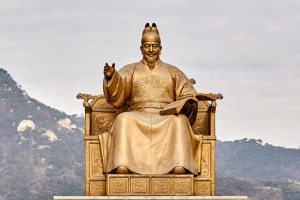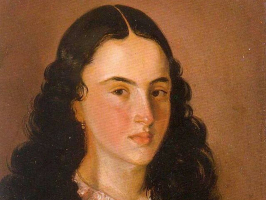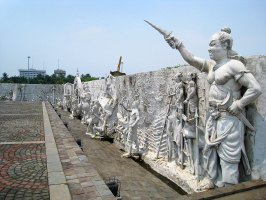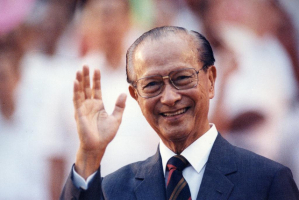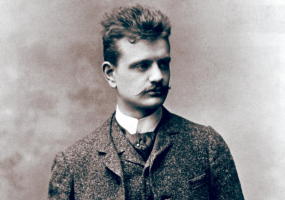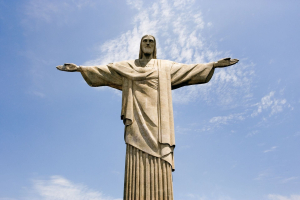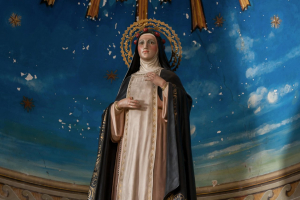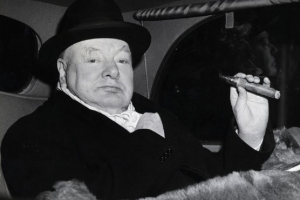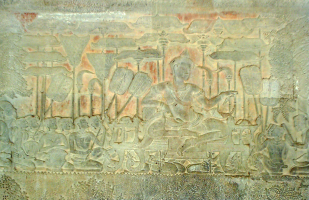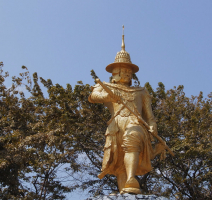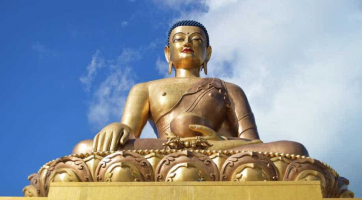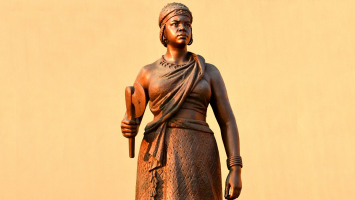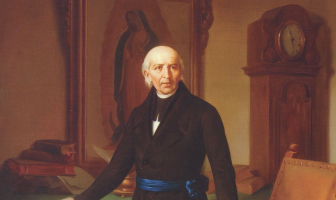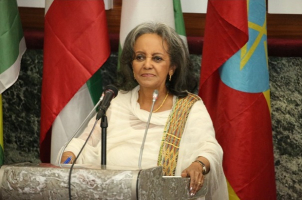Top 5 Most Important Historical Figures In Nigeria
"Some were born great, while others had greatness thrust upon them," Shakespeare wrote about greatness in one of his classic plays, Macbeth. We have compiled a ... read more...list of the most important historical figures in Nigeria. One thing is certain: they belong to different groups but are all fantastic. They were chosen from various social classes. Each has made significant contributions to influencing Nigerians in various ways.
-
Aminatu (also Amina; died 1610) was a historical figure in the city-state Zazzau (present-day Zaria in Kaduna State), in what is now Nigeria's north-west region. She could have reigned in the mid-16th century. Some historians have questioned her existence, and her true biography has been somewhat obscured by subsequent legends and folk tales. He is among the most important historical figures in Nigeria.
Amina ascended to the throne following the death of her brother Karami in 1576. Zazzau was one of the seven original Hausa states (Hausa Bakwai), along with Daura, Kano, Gobir, Katsina, Rano, and Garun Gabas. Zazzau was one of the largest of these states before Amina took the throne. It was also the primary source of slaves for Arab merchants to sell at Kano and Katsina slave markets.
Amina launched a 34-year campaign against her neighbors to expand Zazzau territory only three months after being crowned queen. Her army was well-trained and fearsome, with 20,000 foot soldiers and 1,000 cavalry troops. In fact, one of her first messages to her people was to "resharpen their weapons." She conquered vast swaths of land all the way to Kwararafa and Nupe.
Sidney cites legends According to John Hogben, she took a new lover in each town she visited, each of whom met the same unfortunate fate the next morning: "her brief bridegroom was beheaded so that none should live to tell the tale." Zazzau commanded more territory than ever before under Amina. Amina built earthen walls around her cities to mark and protect her new lands. These walls became common throughout the country until the British conquest of Zazzau in 1904, and many of them still exist today as ganuwar Amina (Amina's walls).
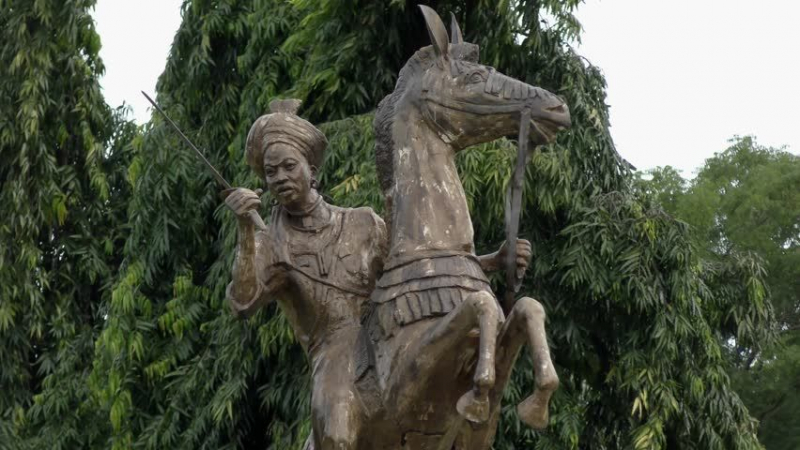
pinterest.com 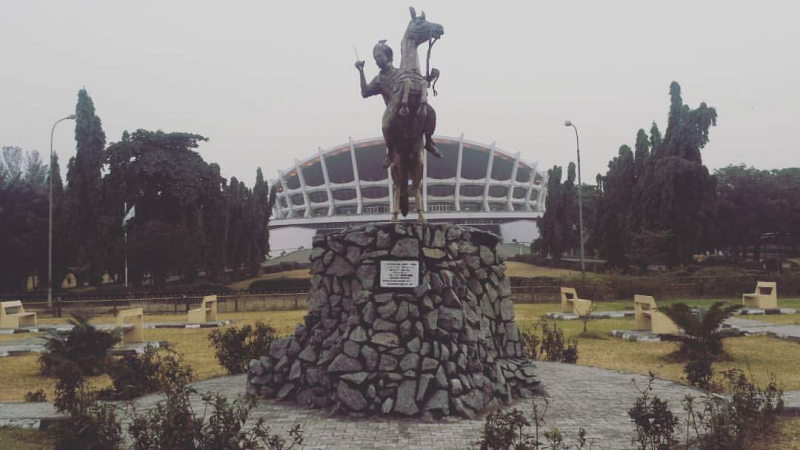
twitter.com -
Ovonramwen Nogbaisi, also known as Overami, was the Ọba (king) of the Kingdom of Benin (a kingdom within what is now southwestern Nigeria.) from 1888 until the British punitive expedition of 1897. He is regarded as one of the most important historical figures in Nigeria.
He was the son of Ọba Adọlọ and was born around 1857. When he was crowned in 1888, he took the name Ovonramwen Nogbaisi. At his coronation, every Ọba was given a new name, Ovonramwen, which means "The Rising Sun," and Nogbaisi, which means "which spreads over all."
By the end of the nineteenth century, the Kingdom of Benin had maintained its independence, and the Ọba held a trade monopoly that the British found vexing. An influential group of investors desired the territory because of its abundant natural resources such as palm oil, rubber, and ivory. The kingdom was largely independent of British control, and pressure from figures such as Vice-Consul James Robert Phillips and Captain Gallwey (the British vice-Consul of the Oil Rivers Protectorate) who advocated for British annexation of the Benin Empire and the removal of the Ọba continued.
He died in Calabar near the turn of the year 1914. Ovonramwen was eventually buried in the grounds of Benin City's royal palace. He was succeeded by Prince Aguobasimwin, his first son and legitimate heir, who ruled as Eweka II.
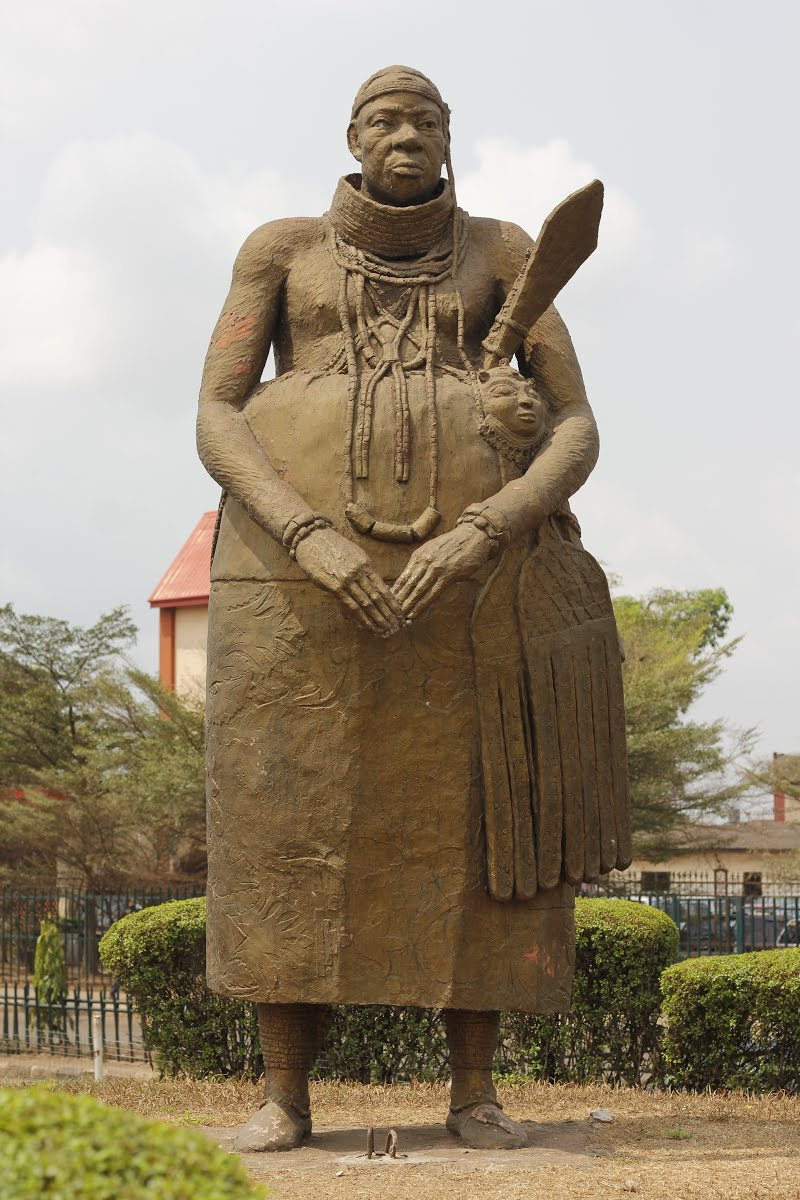
artsandculture.google.com 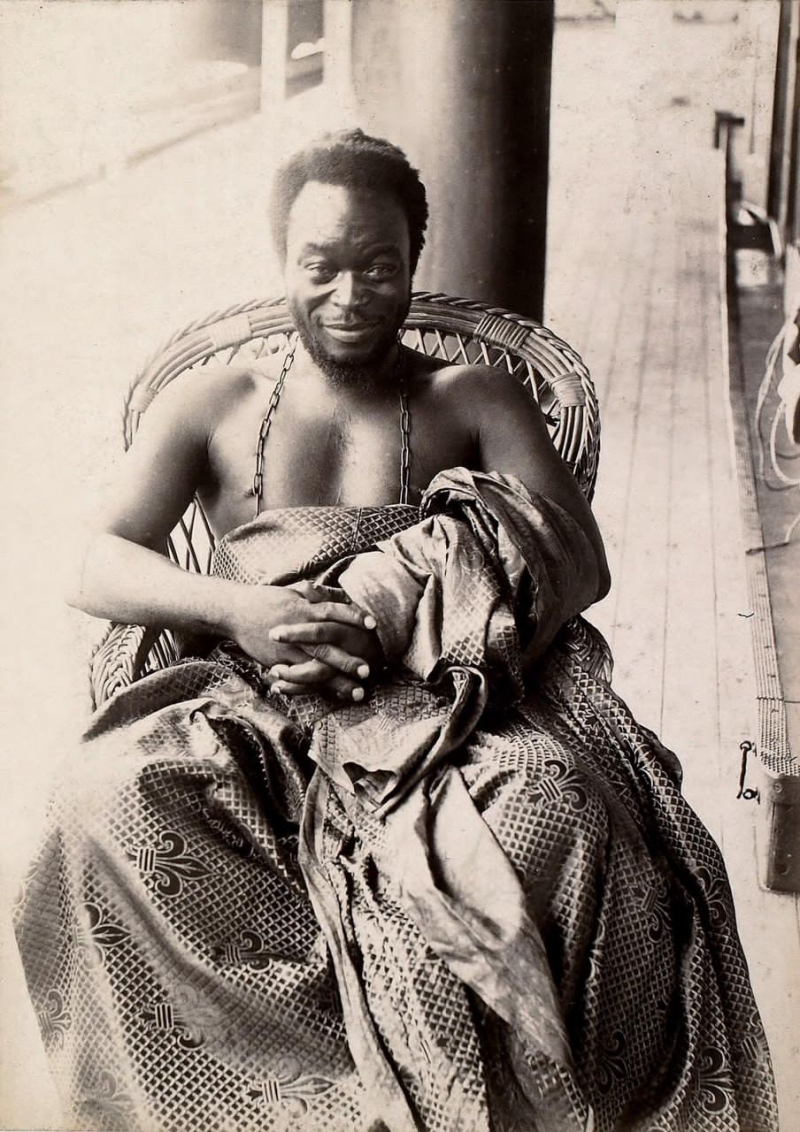
mirrorafricandiaspora.com -
Ibrahim Muhammadu Maccido dan Abubakar (April 20, 1928 - October 29, 2006), known colloquially as Muhammadu Maccido, was the 19th Sultan of Sokoto in Nigeria. He was the son and primary aide to the Sultan of Sokoto for 50 years, Siddiq Abubakar III (1903-1988).
During his life, Maccido served in a variety of government positions, most notably as the liaison to Nigerian President Shehu Shagari (rule 1979-1983) until a military coup deposed Shagari. When his father died in 1988, Nigeria's military ruler, Ibrahim Babangida, appointed Ibrahim Dasuki (rule 1985-1993) as the new Sultan of Sokoto, sparking large-scale, violent protests across northern Nigeria.
Sani Abacha (1993-1998), a later Nigerian military dictator, deposed Dasuki and appointed Maccido as the new Sultan in 1996. Maccido was crowned on April 21, 1996, and reigned for a decade. He used his position to try to heal divisions in northern Nigeria's Muslim community, strengthen ties with other Muslim communities, and reduce ethnic tensions within Nigeria. On October 29, 2006, while returning to Sokoto from a meeting with President Olusegun Obasanjo, Maccido died in the plane crash of ADC Airlines Flight 53, along with his son Badamasi Maccido. He is buried in Sokoto alongside many other Sokoto Sultans.
In 2006, after Eid al-Fitr, Maccido traveled to Abuja to meet with President Olusegun Obasanjo. Following that meeting, Maccido boarded a plane bound for Sokoto on October 29. On board were one of his sons, Badamasi Maccido (Senator from Sokoto), his grandson, and other regional government officials in Abuja for an education workshop. The ADC Airlines Flight 53 crashed shortly after takeoff, killing the majority of the passengers, including Maccido, his son, and grandson. Maccido's body had not been burned, making positive identification simple. His body was carried through the streets of Sokoto by tens of thousands of mourners. He was buried near his father in the main tomb of the sultans of Sokoto (the Hubbare).
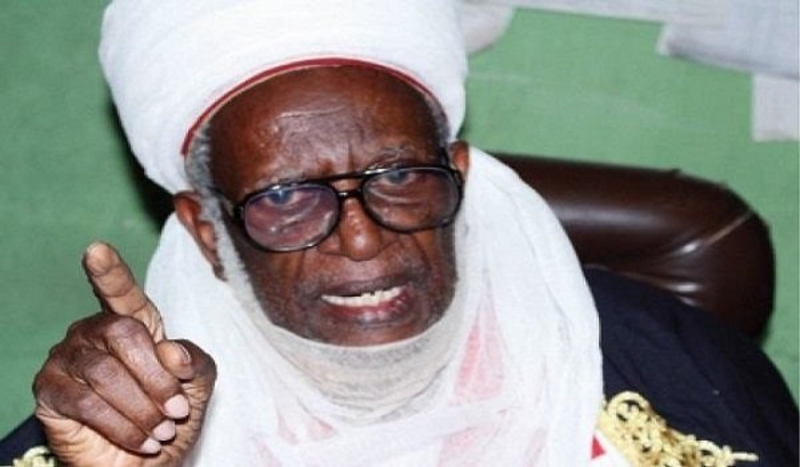
vanguardngr.com 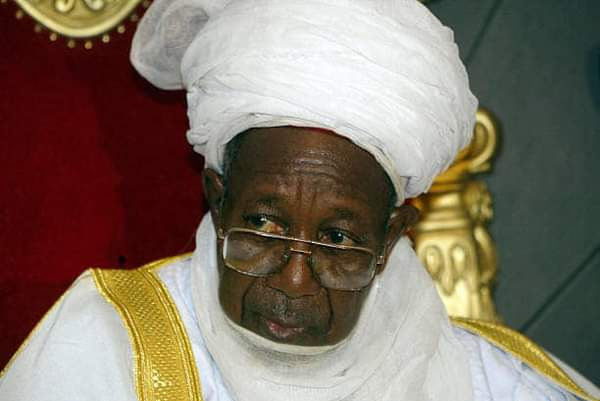
nigeriantracker.com -
Among the most important historical figures in Nigeria, Ozolua, also known as Okpame and later as Ozolua n'Ibaromi (Ozolua the Conqueror), was an Oba of Benin from 1483 to 1514. Through warfare, he greatly expanded the Kingdom and increased contact with the Portuguese Empire. He was a significant Oba in both the history of the Kingdom of Benin and in regional folklore and celebrations.
Prince Okpame was Ewuare's third and youngest son, and he significantly expanded the Kingdom of Benin during his reign, which lasted from 1440 to 1473. Following Ewuare's death, his eldest surviving son, Esi, was assassinated by a poison arrow at his coronation, and his second oldest son, Olua, ruled for seven years with significant domestic dissent. After a brief reign of a collection of chieftains, Prince Okpame was named Oba (in either 1480 or 1483) and assumed the name Ozolua.
His reign was defined largely by the Kingdom of Benin's significant military expansion. This included a successful attack on Owo's Kingdom. While historical accounts differ, the end result gave Owo independence while still requiring it to pay tribute to Benin. He claimed to have won over 200 battles in diplomatic exchanges with the Portuguese. His victories earned him the title Ozolua n'Ibarmoi (or Ozolua the Conqueror), and he is frequently depicted as a great warrior in statues and artwork.
Although limited trade and contact with the Portuguese had begun under his father Ewuare, contact with the Portuguese expanded significantly under Ozolua, with Portuguese explorer John Alfonso d'Aveiro entering Benin City in 1485 and accompanying Ozolua, but not participating, in war. Ozolua was intrigued by the possibilities of firearms for kingdom expansion, but d'Aveiro informed him that firearm trade was only possible with Christian Portuguese allies. As a result, in the early 1500s, Ozolua sent an ambassador to Portugal to propose missionary activity in the kingdom and royal conversion to Christianity in exchange for trade in firearms (at least one source indicates that he himself went to Portugal at some point). The Portuguese, however, sent a group of missionaries to the kingdom in 1514. The missionaries quickly left because the kingdom was not interested in Christianity unless it was coupled with the facilitation of firearms trade.
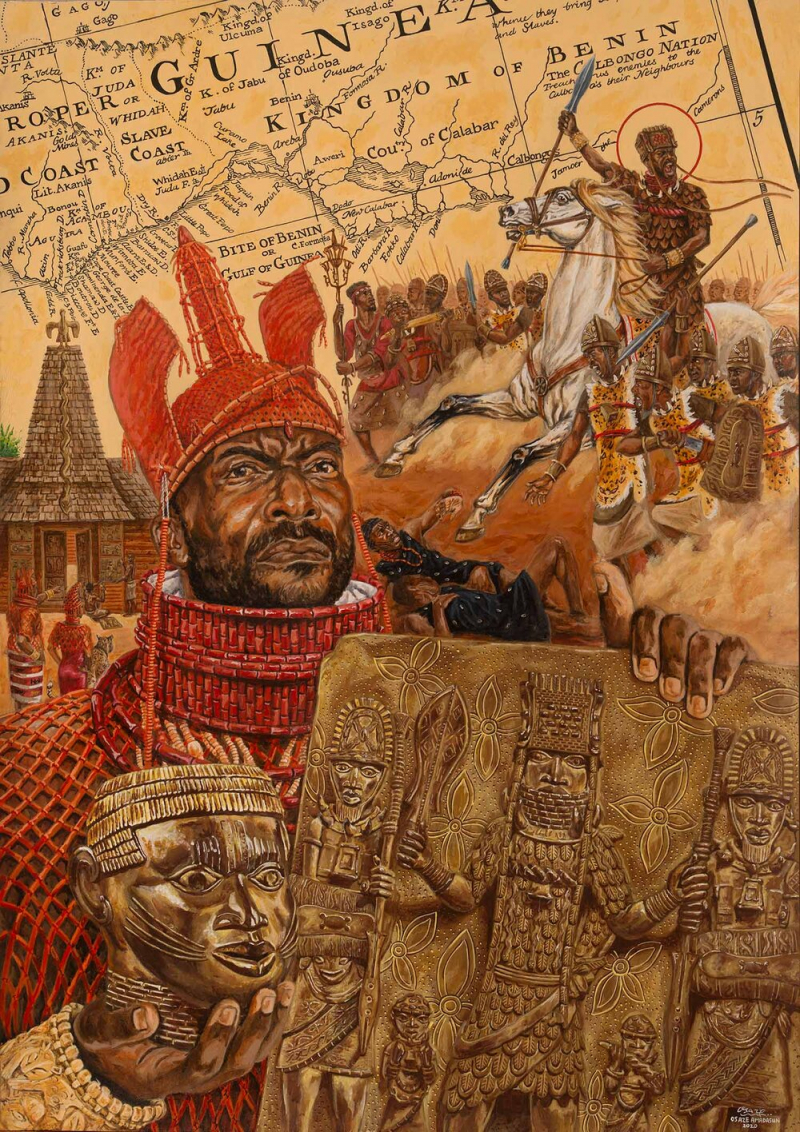
osazeamadasun.com 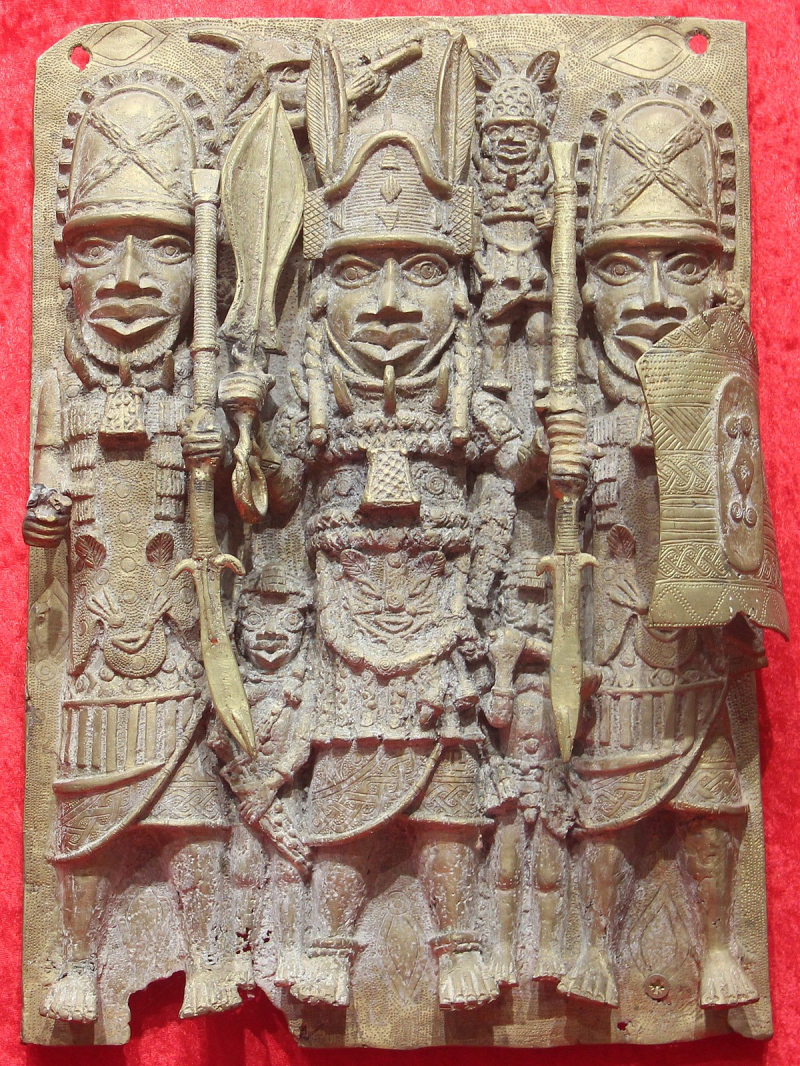
en.wikipedia.org -
Ahmadou Sekou Tall (June 21, 1836 - December 15, 1897) was a Toucouleur ruler (Laamdo Dioulbé) of the Toucouleur Empire (1864-92) and (Faama) of Ségou (now Mali) from 1864 to 1884. On March 10, 1861, Ahmadu Sekou's father, El Hadj Umar Tall, conquered Ségou (then the heart of the Bambara Empire). Toucouleur Empire (1861-1890) was founded in the mid-nineteenth century by Elhadj Oumar Foutiyou Tall of the Toucouleur people of Senegal. Soon after, he began his conquest of the Massina Fula empire, leaving Ahmadu as the Almami of Ségou. Following the French advance in 1887, he abandoned Ségou and accepted a French protectorate known as the Treaty of Gouri on May 12, 1887.
When Umar Tall died in 1864, his nephew Tidiani Tall took over as ruler of the Toucouleur Empire. Ahmadu Sekou continued to serve as Faama of the eastern regions from Ségou, suppressing rebellions in several neighboring cities while quarrelling with his brothers more and more. In the 1880s and 1890s, the French colonial army invaded the empire, capturing Ségou in 1892 and forcing Ahmadu Sekou to flee to Sokoto (now in present-day Nigeria). Now he is remembered as one of the most important historical figures in Nigeria.
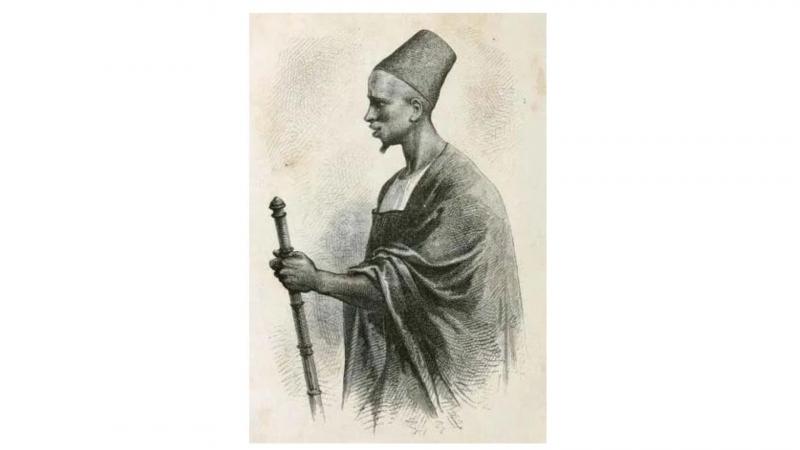
https://www.britannica.com/ 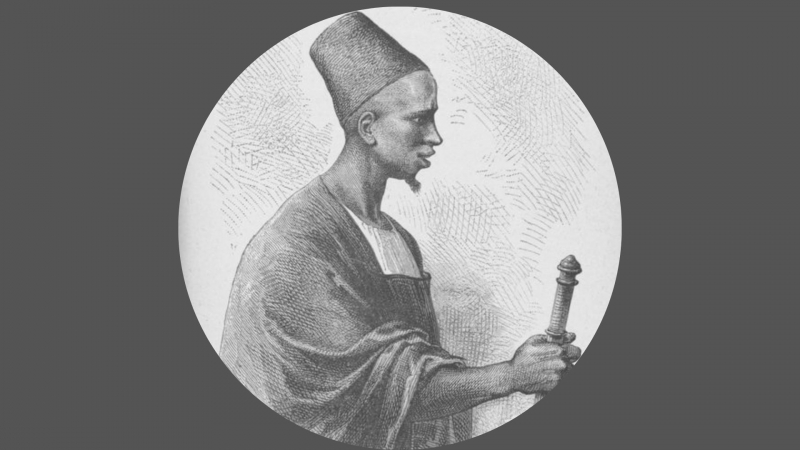
en.wikipedia.org









